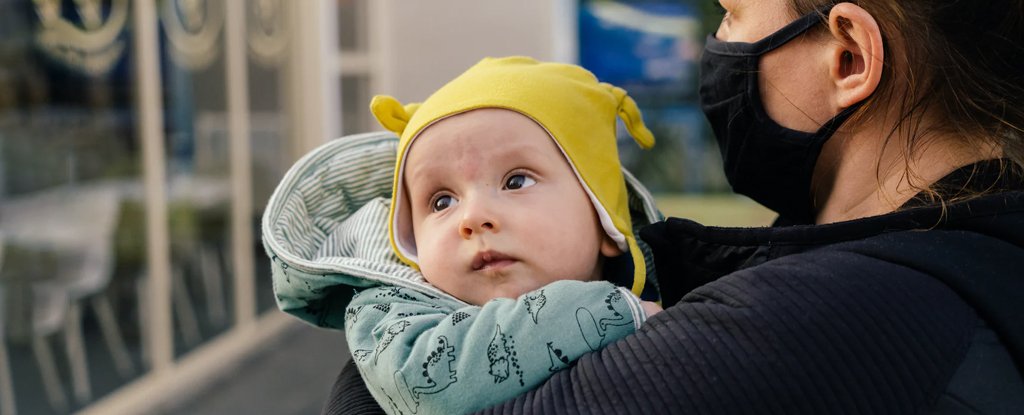
A study in JAMA Pediatrics he said Thursday.
Its authors wrote that this meant that young children could be important drivers of COVID-19 transmission within communities, a suggestion at odds with the current prevailing narrative.
The document comes as the administration of United States President Donald Trump is pushing for schools and daycares to reopen to boost the economy.
Between March 23 and April 27, the researchers conducted nasal swab tests on 145 Chicago patients with mild to moderate illness within a week of symptom onset.
The patients were divided into three groups: 46 children under the age of five, 51 children between the ages of five and 17, and 48 adults between the ages of 18 and 65.
The team, led by Taylor Heald-Sargent of Ann & Robert H. Lurie Children’s Hospital, observed “10 to 100 times more SARS-CoV-2 in the upper respiratory tract of young children.”
The authors added that a recent laboratory study had shown that the more viral genetic material was present, the more infectious virus could grow.
Children with high viral loads of respiratory syncytial virus (RSV) have also been previously shown to be more likely to spread the disease.
“Thus, young children may be potentially important drivers of the spread of SARS-CoV-2 in the general population,” the authors wrote.
“The behavioral habits of young children and closed rooms at school and daycare centers raise concern about the amplification of SARS-CoV-2 in this population as public health restrictions are eased,” they concluded.
The new findings are at odds with current opinion among health authorities that young children, who have been established to be much less likely to become seriously ill from the virus, also do not pass it on to others.
However, so far there has been fairly little research on the subject.
A recent study in South Korea found that children ages 10 to 19 transmitted COVID-19 within households as much as adults, but children younger than age nine transmitted the virus at lower rates.
© Agence France-Presse
.